Quest for Fiber—Quechua Weaving
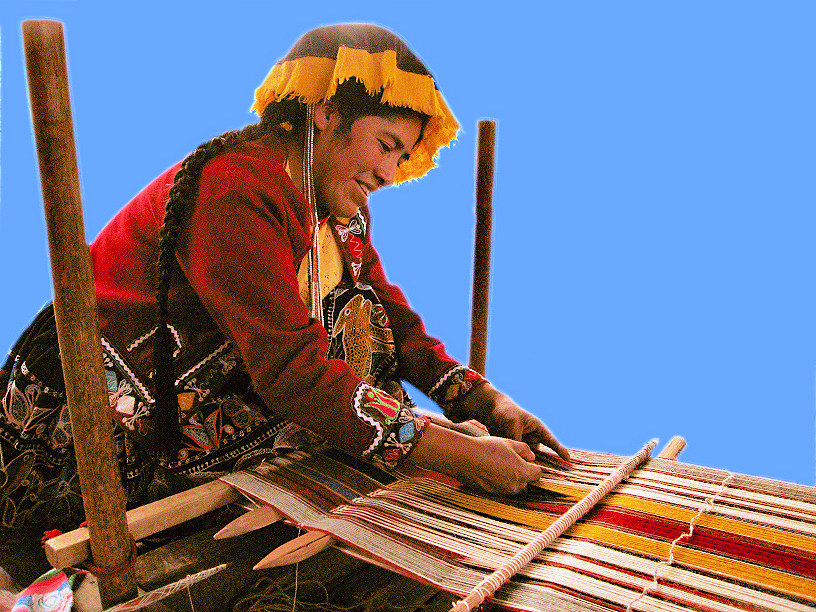
I visited Michell’s mill today where they have a museum, Mundo Alpaca, dedicated to alpaca fiber and the milling process. I will post more about that on another day, but today, I got a little infactuated with the traditional Quechua weaving demonstration. Each month Michell employs two women from fair-trade organizations in the Cusco area to demonstrate their craft for museum visitors.
I sat down beside this beautiful woman and watched her work for a little over an hour. We spoke little: I told her in my broken Spanish that my Spanish is very poor, and she replied that hers was too. Her principle language is Quechua. We laughed.
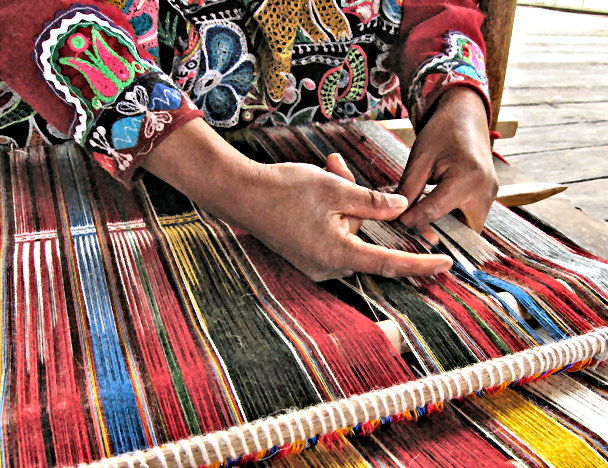
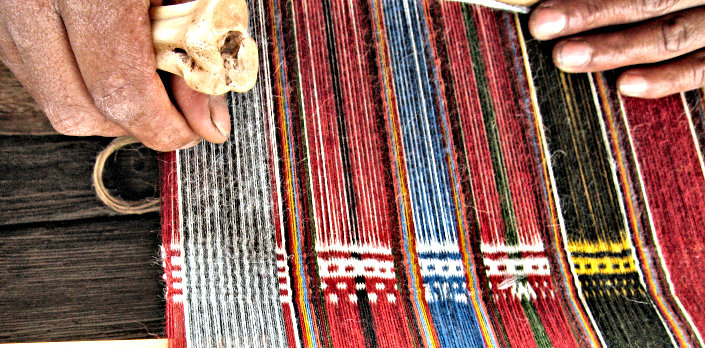
Other Blog Posts You May Find Interesting
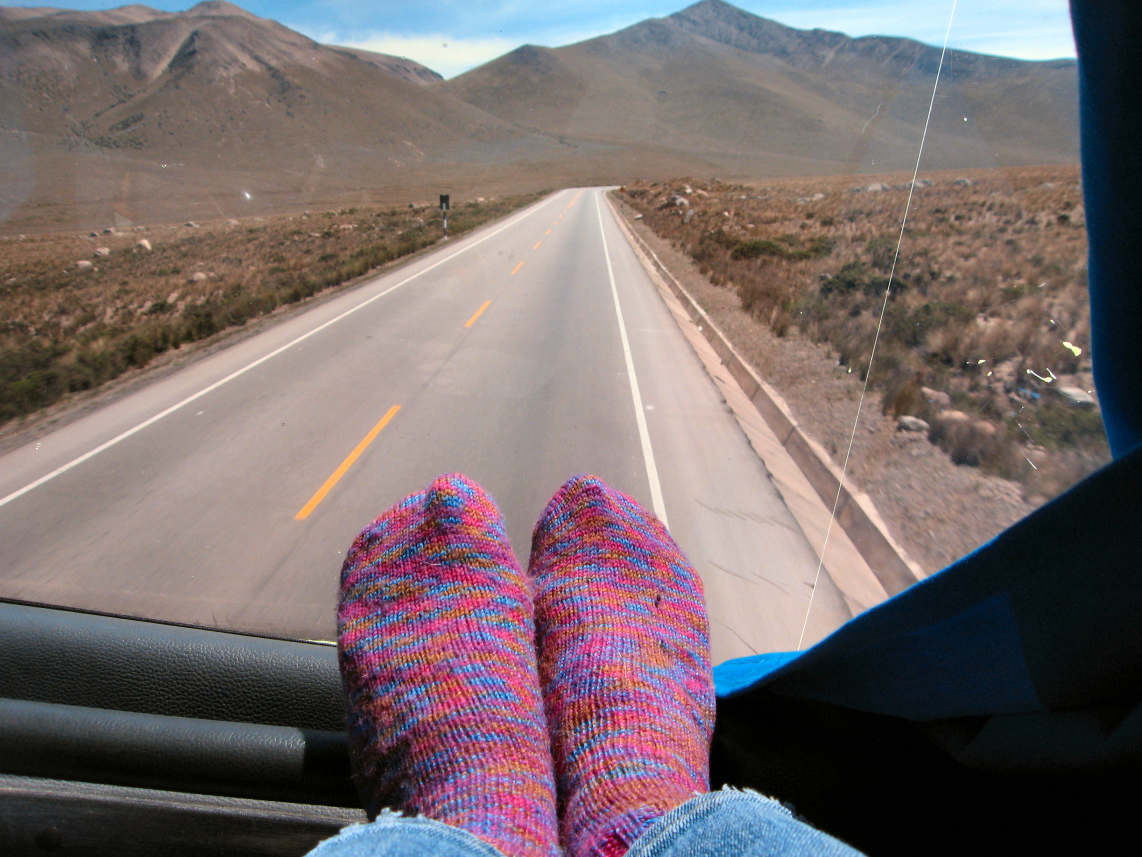
Estoy en Puno!
The south of Peru reminds me of some of the landscapes you see in the Southwest. Miles and miles of open desert country, with an occasional river running through.
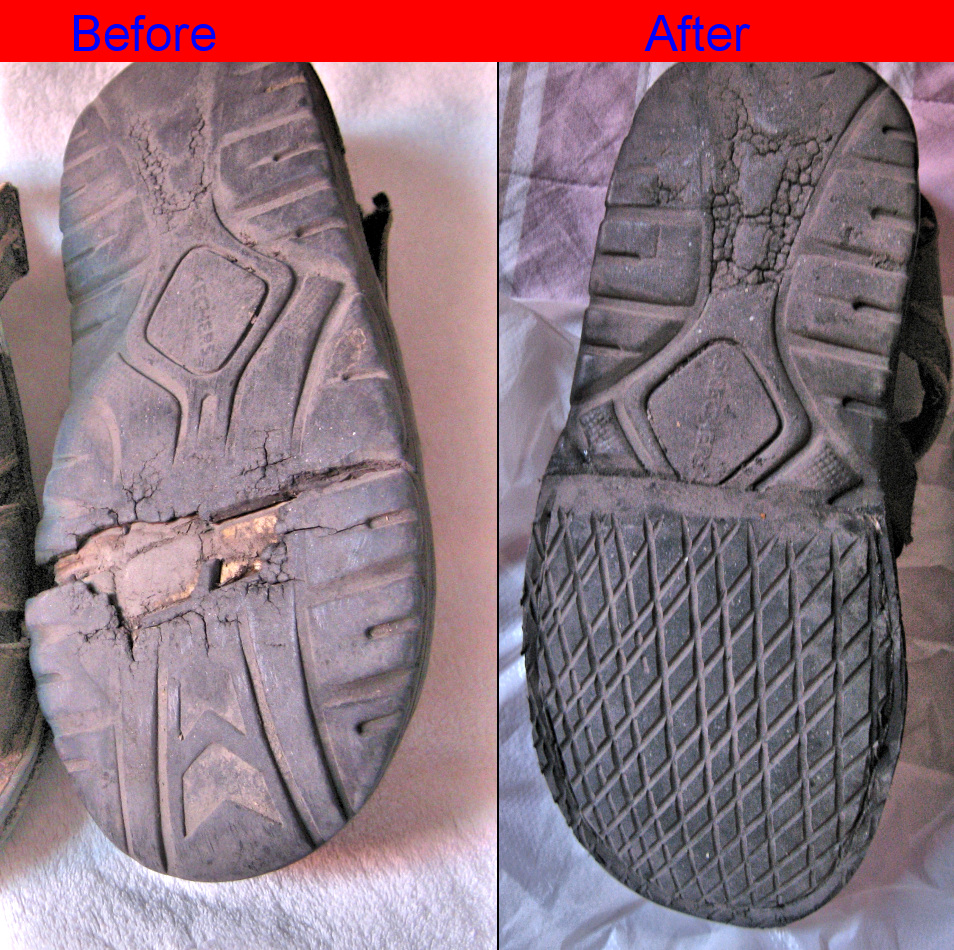
Nuevos Soles for New Soles*
I have a pair of sandals that I have had about 10 years and I love them! At home, it is just about impossible to find a shoe repair shop, and even when you do, the repairs are sometimes as much as a new pair of shoes.
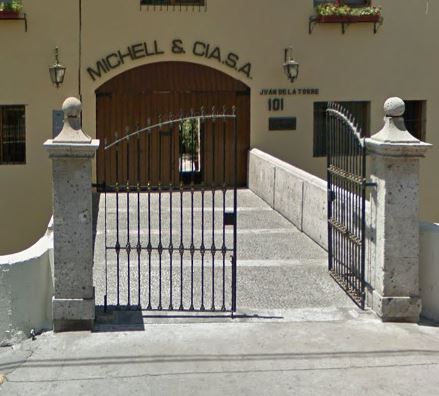
Quest for Fiber: Revisiting Arequipa’s Fiber Mills
Michell’s Mill is the place where more tourists go because of their very interesting alpaca museum, Mundo Alpaca and high-end apparel shop located on the mill grounds.
1 thought on “Quest for Fiber: Quechua Weaving”
Cathy,
Thanks. Reminds me of when I learned backstrap weaving from Mayan Indians in Guatemala in the winters of 1976 and 1978. It took me 4 hours to weave about 1 inch. I still have one of the weavings I created in San Lucas de Toliman, a town in the highlands of Guatemala. One of my teachers was the best multi-tasker I have ever seen in my life. She taught and oversaw 2 gringos weaving, cooked dinner, cared for her kids, took care of the chickens, talked to neighbors, tended the cooking fire, and more all at the same time. One time a chicken landed on and into the weaving I had been working on for 2 weeks. My panic disappeared when she shooed it away without missing a step on her other tasks. At the time of those trips in the 1970s, as I told you, I had hoped to go to South America to learn weaving there, but I had so much fun in Guatemala that I stayed in Central America. But I read back then that some of the best weaving in the world has been done in the highlands of South America.